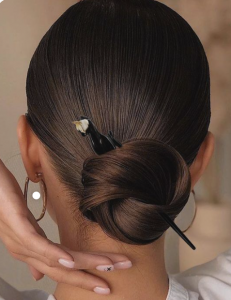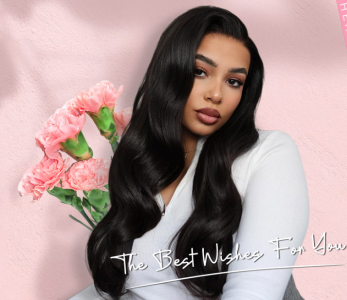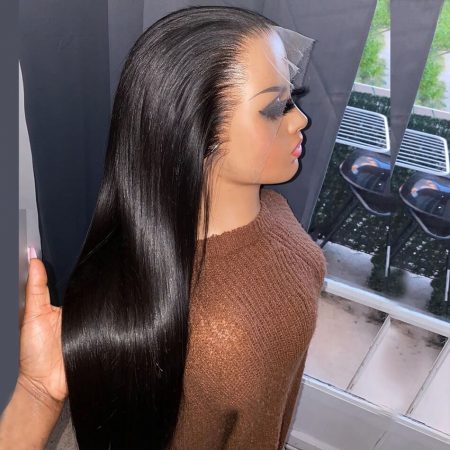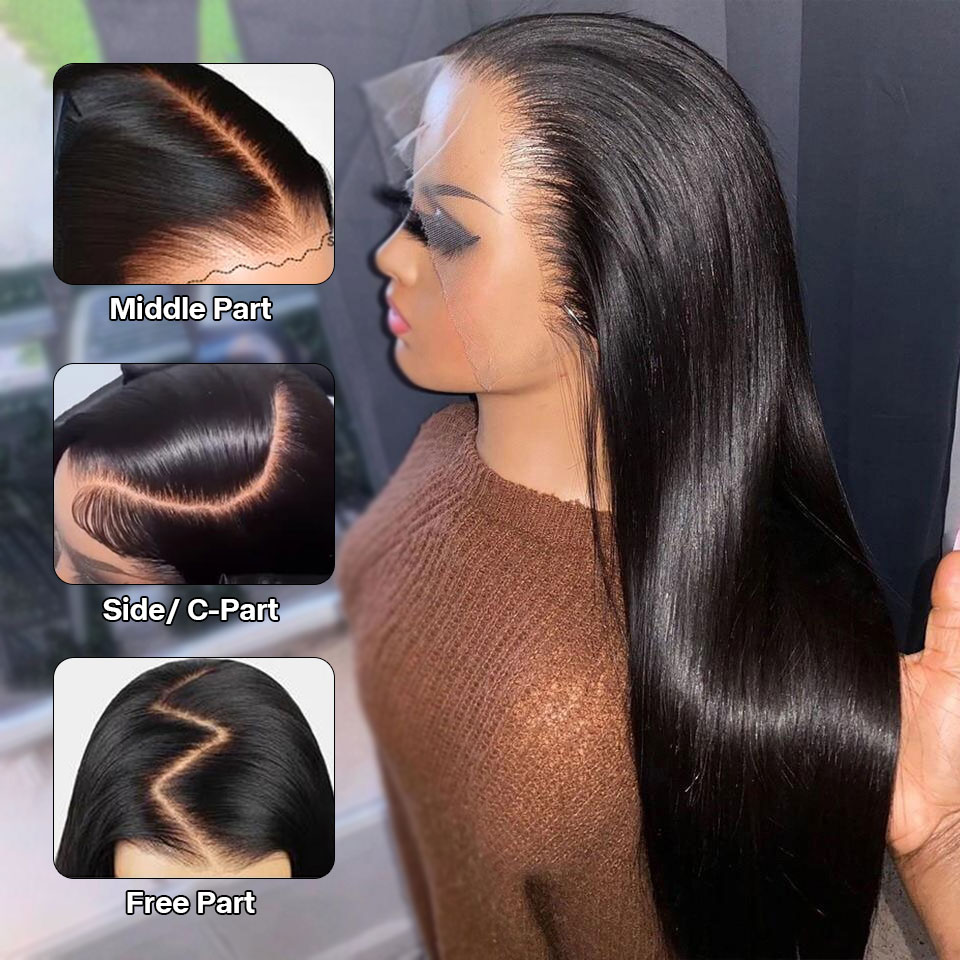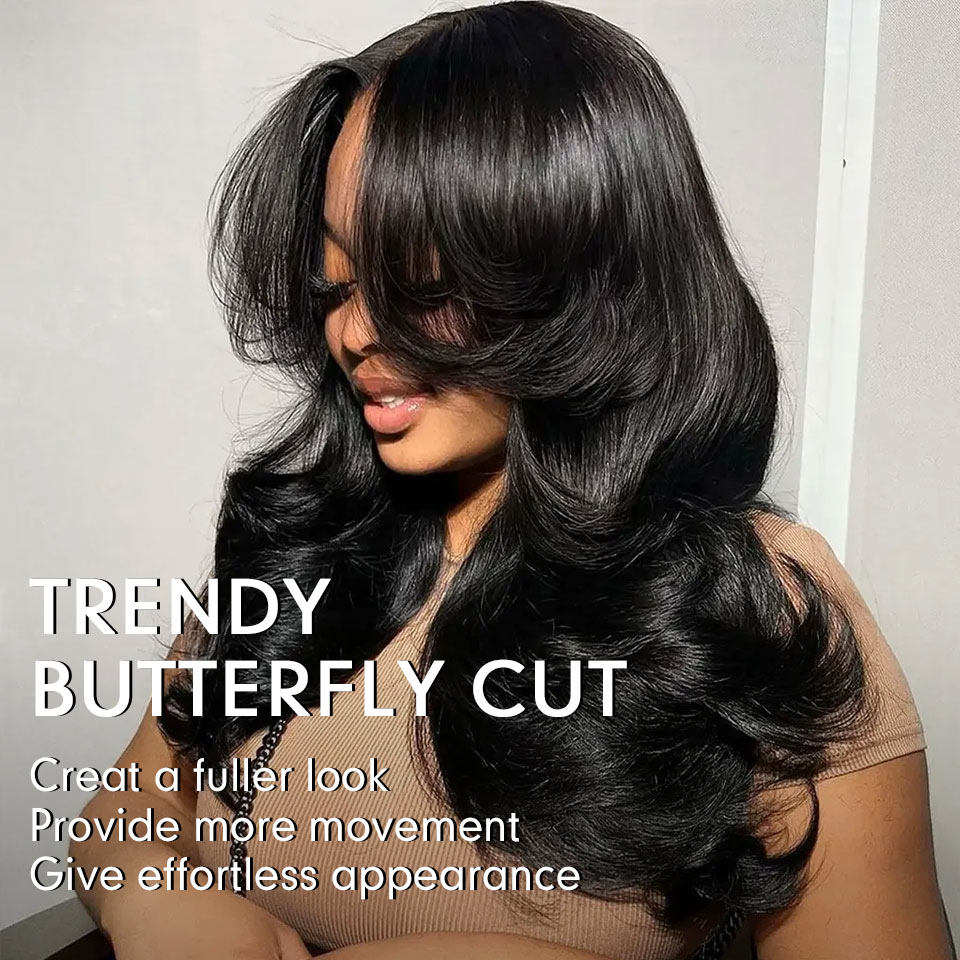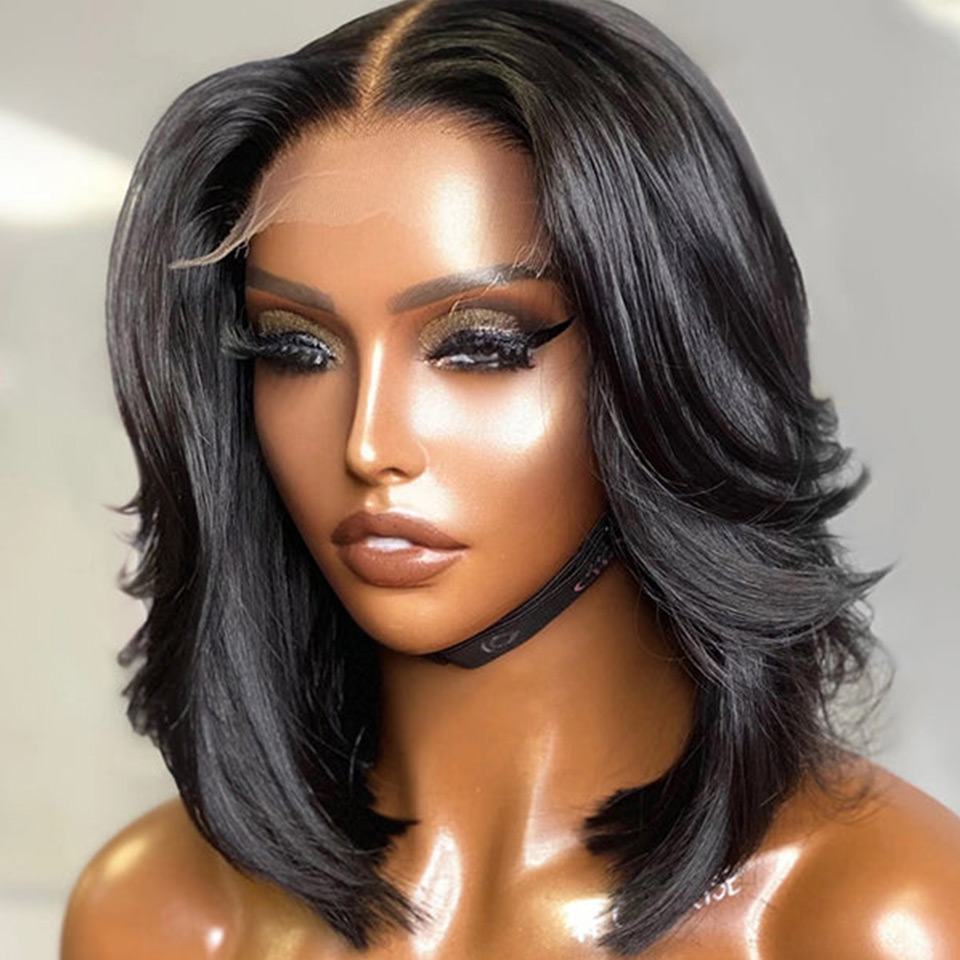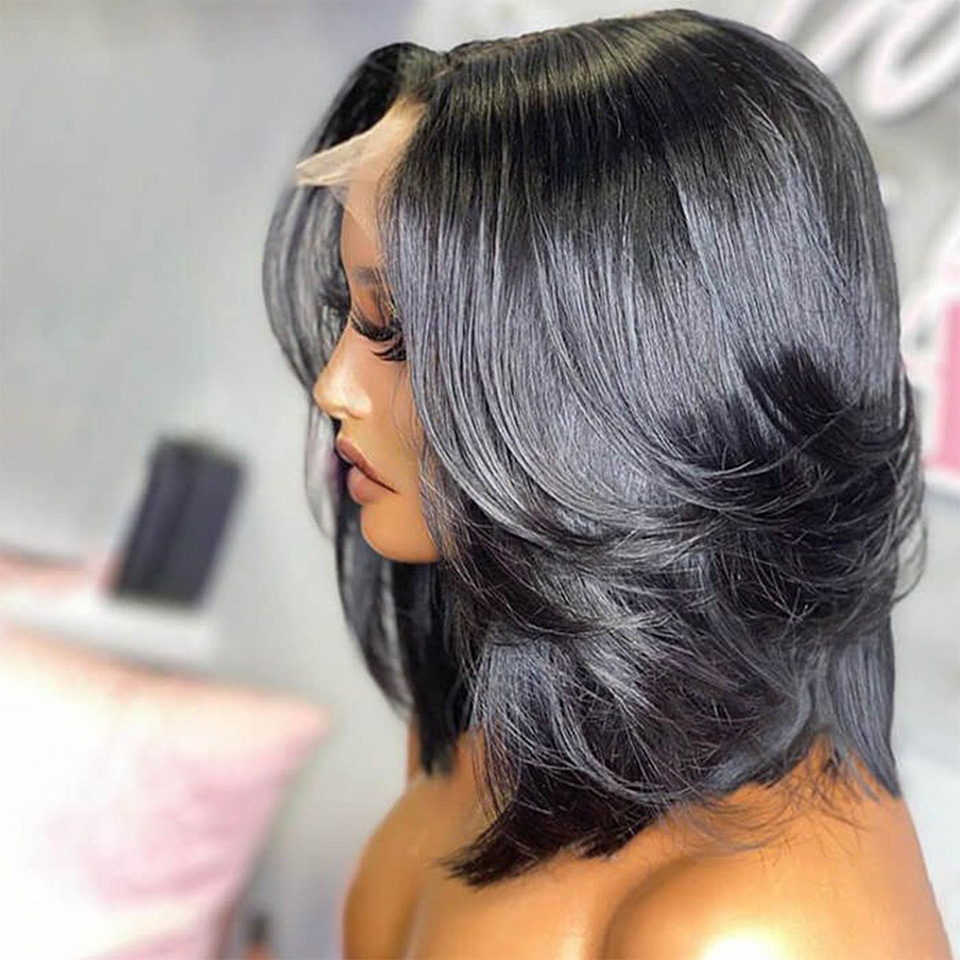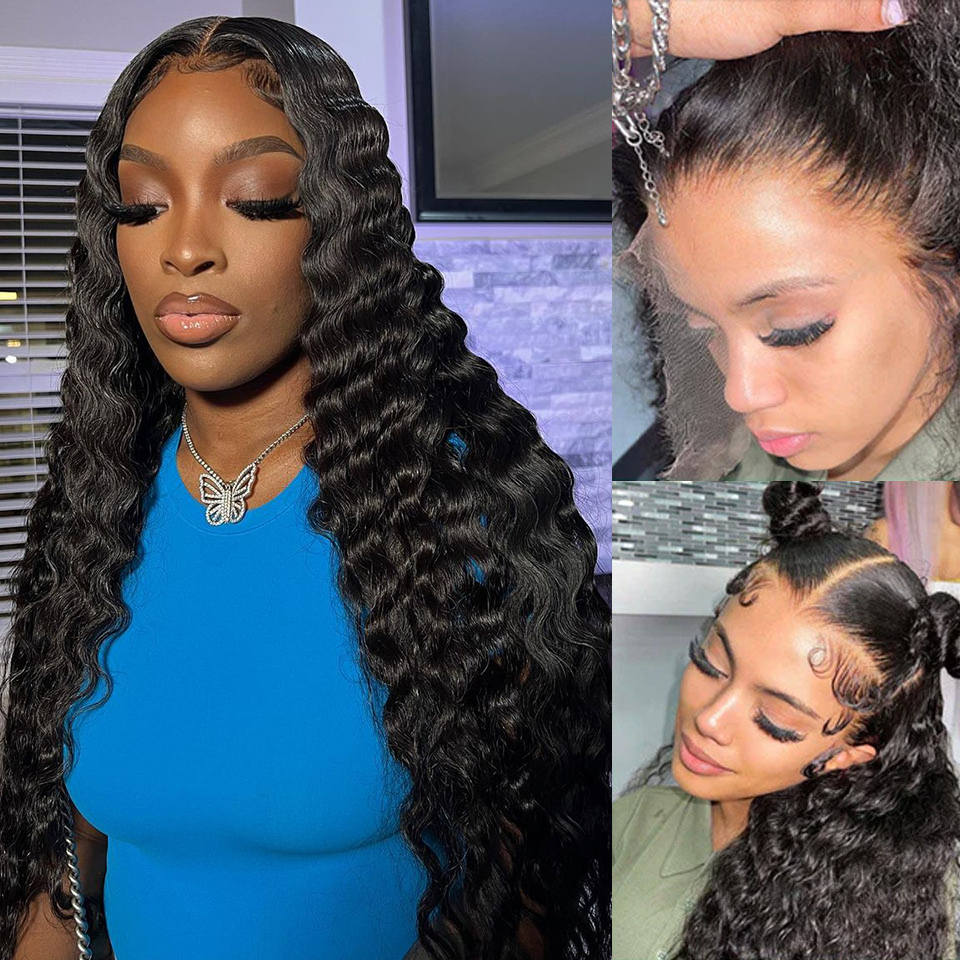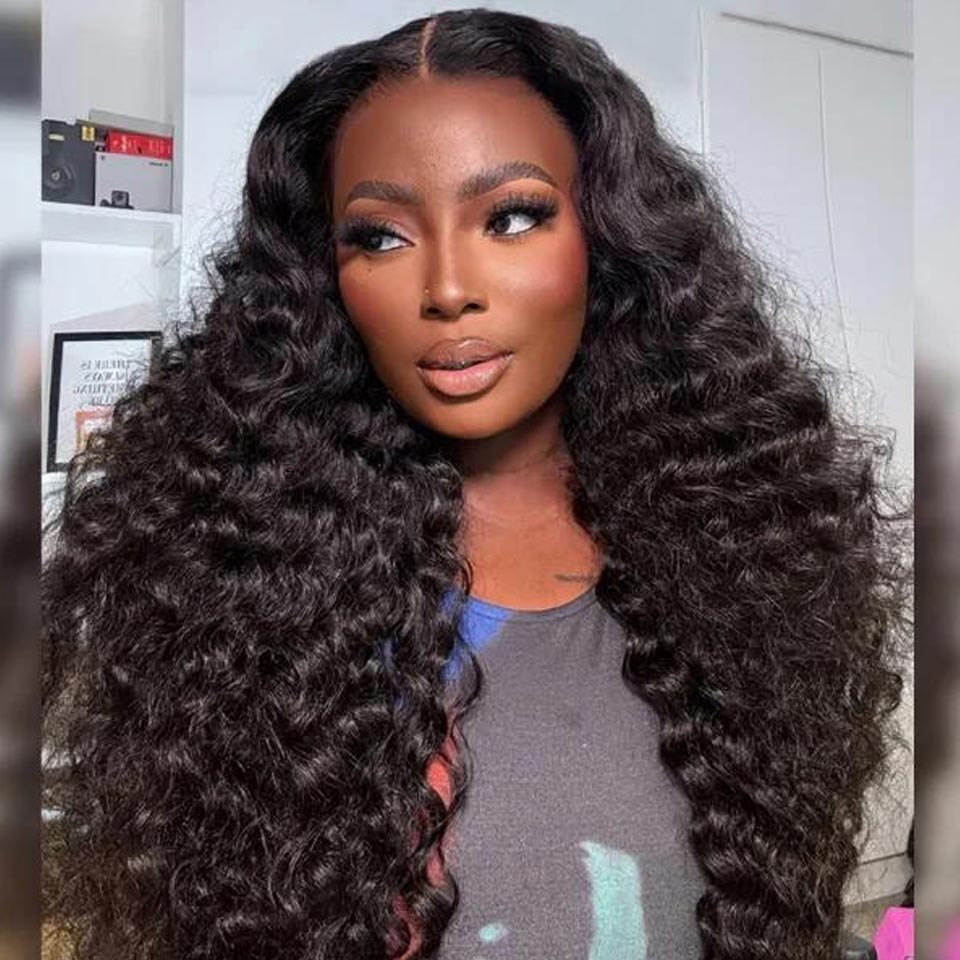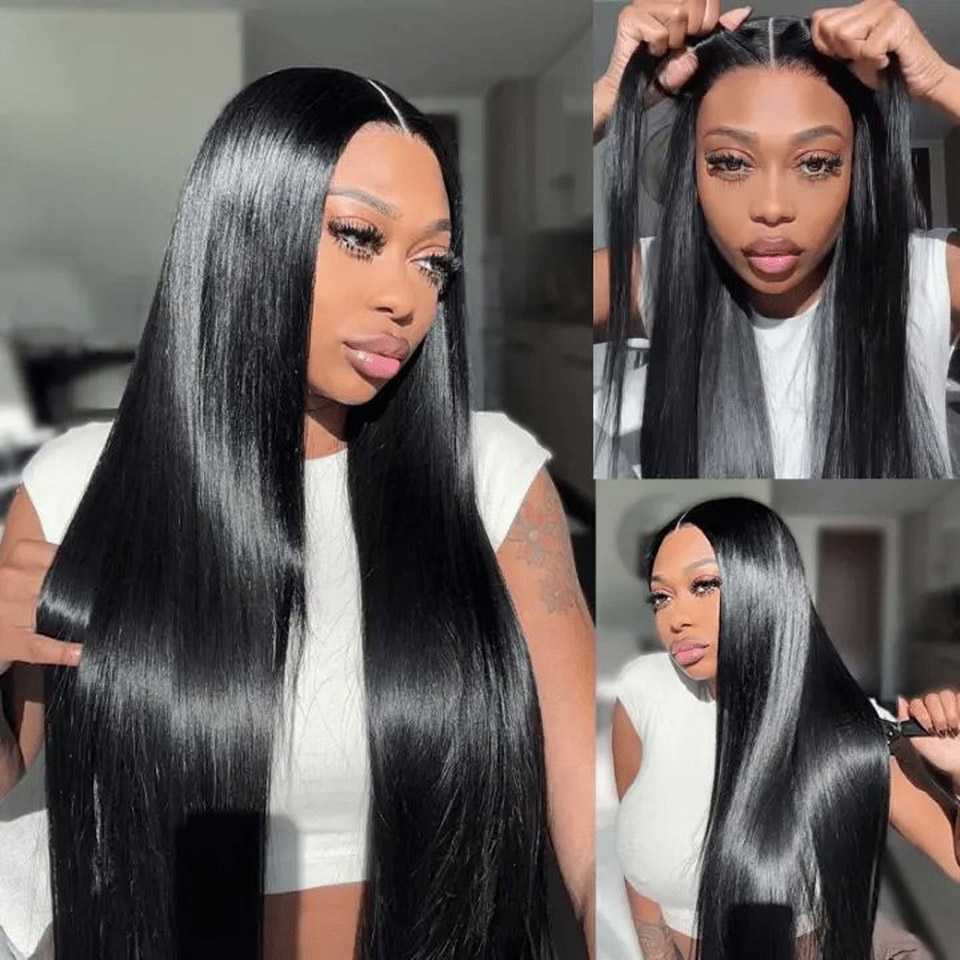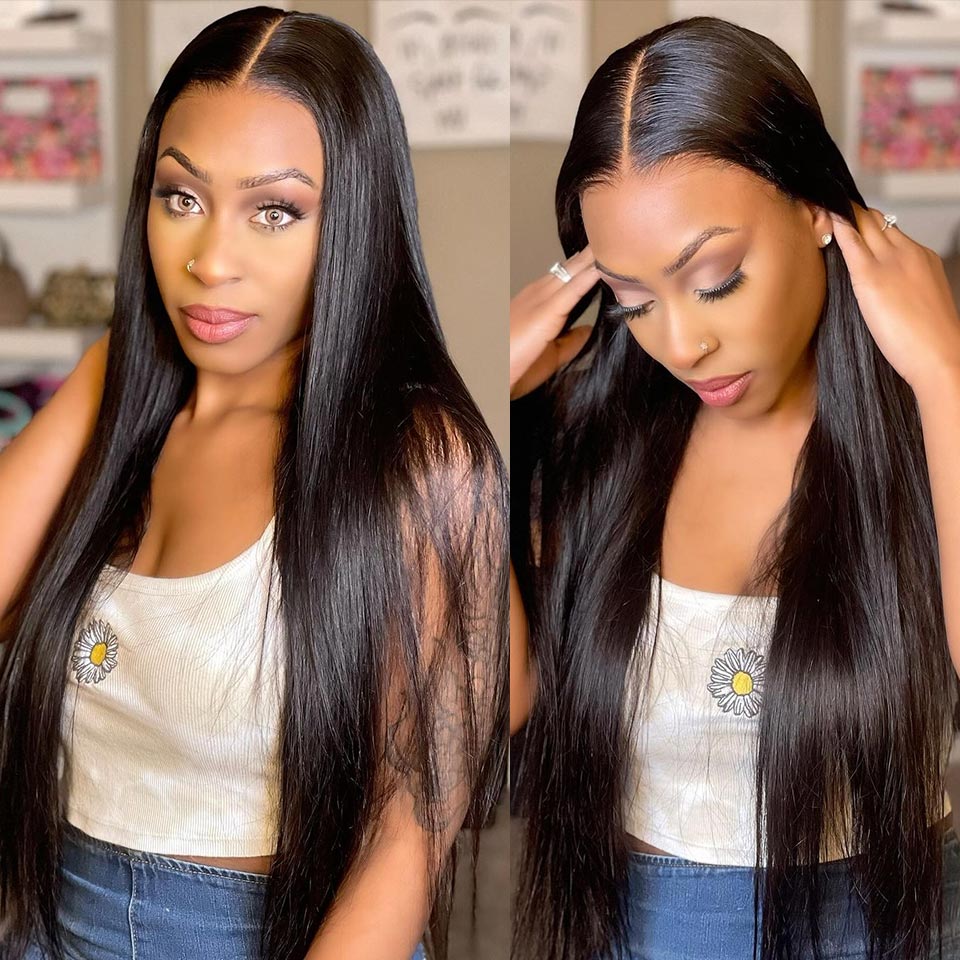The allure of sleek, straight hair is undeniable, and for many, the flat iron has become an essential tool in their beauty arsenal. However, the quest for the perfect straight locks raises a crucial question: How often can you straighten your hair without causing irreparable damage? Striking the right balance between achieving the desired look and maintaining the health of your hair is essential. In this comprehensive guide, we will delve into the science behind hair straightening, explore potential damage factors, and provide practical tips on maintaining a healthy balance.
Understanding the Basics:
Before diving into the specifics of hair straightening frequency, it’s crucial to understand the basic structure of hair. Each strand is composed of three layers: the cuticle, cortex, and medulla. The cuticle, the outermost layer, is a protective shield that covers the cortex, where the hair’s strength and elasticity reside. Repeated exposure to high heat, such as that from flat irons, can compromise the cuticle’s integrity, leading to moisture loss and breakage.
Factors Influencing Hair Health:
Heat Temperature:
The temperature at which you straighten your hair plays a pivotal role in determining the extent of damage. High temperatures can cause structural damage to the hair shaft, leading to brittleness and breakage. It is advisable to use lower heat settings and invest in quality styling tools with adjustable temperature controls.
Frequency of Straightening:
The frequency with which you straighten your hair directly impacts its health. Daily use of flat irons can strip the hair of its natural oils, leading to dryness and increased susceptibility to damage. Finding a balance that aligns with your hair’s natural resilience is key.
Preparation and Protection:
Proper preparation and protection are essential steps in minimizing damage. Applying a heat protectant before styling creates a barrier between the heat and your hair, reducing the risk of damage. Additionally, using high-quality hair care products and deep conditioning treatments can help maintain moisture and overall hair health.
Guidelines for Healthy Hair Straightening:
Invest in Quality Tools:
Choosing a high-quality flat iron with advanced features, such as ceramic or tourmaline plates, can make a significant difference. These materials distribute heat more evenly and reduce the likelihood of hot spots that can cause damage.
Use Heat Protectants:
Before subjecting your hair to heat styling, always apply a heat protectant. These products form a protective barrier, minimizing the direct impact of heat on the hair shaft. Look for formulations that offer both thermal protection and moisture retention.
Adjustable Heat Settings:
Opt for styling tools with adjustable heat settings. This allows you to tailor the temperature to your specific hair type and condition. Fine or damaged hair generally requires lower temperatures, while thicker or coarser hair may tolerate higher heat settings.
Limit Frequency:
While it’s tempting to enjoy the sleekness of straightened hair regularly, limiting the frequency is crucial for maintaining overall hair health. Aim for no more than 2-3 times per week to give your hair time to recover and replenish its natural oils.
Proper Technique:
Adopting the right straightening technique can significantly reduce the risk of damage. Divide your hair into smaller sections, use slow and controlled movements, and avoid unnecessary passes with the flat iron. This approach ensures thorough straightening with minimal heat exposure.
Deep Conditioning:
Integrate deep conditioning treatments into your hair care routine. These treatments help restore moisture, repair damage, and enhance the overall health of your hair. Consider using a nourishing hair mask at least once a week to keep your locks in optimal condition.
Regular Trims:
Regular trims are essential for preventing split ends and maintaining the overall health of your hair. Schedule appointments with your hairstylist every 6-8 weeks to remove damaged ends and promote healthy hair growth.

FAQs about hair straightening.
How often can I straighten my hair without causing damage?
Striking the right balance is crucial. Limit straightening to 2-3 times a week to prevent excessive heat exposure. Additionally, adopt a lower heat setting and invest in quality styling tools with adjustable temperatures.
Can I straighten my hair every day if I use a lower heat setting?
While using a lower heat setting is advisable, daily straightening is not recommended. Frequent styling, even with lower temperatures, can strip the hair of natural oils and lead to dryness and breakage.
How do I choose the right heat protectant for my hair?
Look for a heat protectant that suits your hair type and addresses specific concerns, such as frizz or moisture loss. Spray or apply evenly before styling, ensuring comprehensive coverage.
Are there any natural alternatives to heat protectants?
While natural oils like argan or coconut oil can offer some protection, they are not as effective as dedicated heat protectants. These oils can be applied before styling, but for optimal protection, consider using a formulated heat protectant.
Can I straighten my hair without heat?
Yes, there are heat-free straightening methods. Options include air-drying with the help of straightening products, using braids or twists to achieve a sleek look, or opting for chemical straightening treatments. Keep in mind that these methods may have their own considerations and limitations.
What’s the best way to recover hair health after frequent straightening?
Deep conditioning is key to restoring moisture and repairing damage. Incorporate weekly nourishing hair masks or treatments into your routine. Additionally, regular trims help eliminate split ends and promote healthier hair.
Are there specific hairstyles that minimize the need for daily straightening?
Yes, consider embracing styles that work with your hair’s natural texture, such as loose waves or braids. This reduces the need for frequent straightening and minimizes heat exposure.
How do I prevent split ends caused by straightening?
Regular trims are essential for preventing split ends. Schedule appointments every 6-8 weeks to remove damaged ends and keep your hair healthy. Additionally, using a heat protectant and avoiding excessive heat can contribute to split end prevention.
Can I straighten my hair if it’s already damaged?
While it’s generally advisable to avoid excessive heat on damaged hair, you can still straighten it with caution. Lower heat settings, a good heat protectant, and deep conditioning treatments can help minimize further damage. Consult with a hairstylist for personalized advice.
Is it okay to straighten wet or damp hair?
It’s not recommended to straighten wet or damp hair with a flat iron. Wet hair is more susceptible to damage, as the heat can cause uneven drying and structural changes. Ensure your hair is completely dry before using heat styling tools.
Last but not the least.
In the pursuit of sleek, straight hair, finding the right balance is essential to prevent damage and maintain overall hair health. By understanding the science behind hair structure, recognizing influencing factors, and adopting healthy styling practices, you can enjoy the benefits of straightening without compromising your locks. Remember, moderation, proper preparation, and protective measures are key elements in achieving the perfect balance between style and hair wellness.







